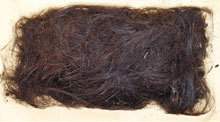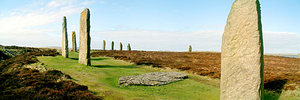A clump of hair that lay frozen in the Greenland tundra for 4,000 years has yielded
DNA from the earliest
Arctic residents, and offers clues to their origins.
Researchers have long wondered who those rugged settlers were, and where they came from. Were they part of a massive
migration that swept through all of North America, or were they a separate tribe that eventually gave rise to Greenland's present-day Eskimos?

|
| ©Unknown
|


Comment: This patch will help prevent exactly the kind of attack that targeted SOTT.net several weeks ago.